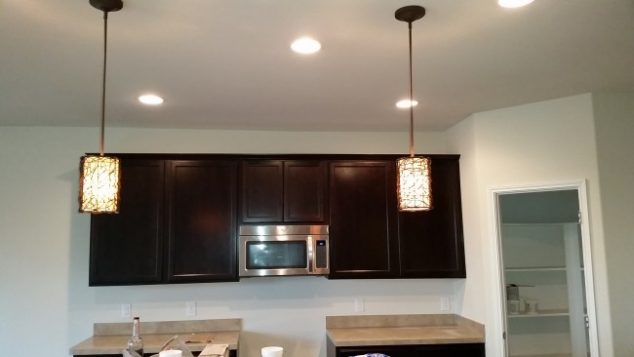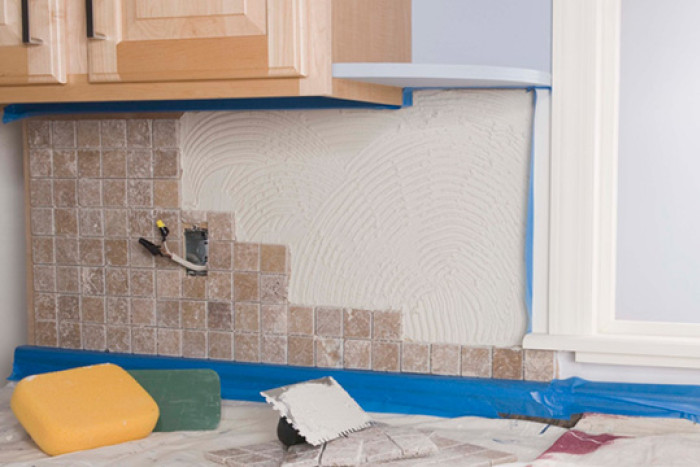Tips And Tricks For Upgrading Your Home Electrical System
The electricity requirements of electrical devices and appliances have changed considerably over the period of time. However, it is a fact that the electrical infrastructures of most of the homes have not been upgraded yet to meet this increasing demand. This has resulted in an increase in electrical load that later leads of safety issues in homes. Under such situation, it is imperative for the homeowners to make special arrangements in this regard. Seeking professional’s help is mandatory so that the certified profession can assess your home and determine if the home’s electrical system meets your family needs or not.
The amount of electricity a home needs is measured in amperes usually called amps. An ampere is a total amount of energy that flows through an appliance at a specific given time. According to a research, it was found that in past only 60 amp electrical services were required by the home owners to perform their daily chores. This has increased to hundred amps over the period of ten years. This is because of the new electrical appliances and devices being introduced in the market. When the home owners overburden their circuits, there is a high possibility of tripping a circuit breaker, overheating the wires in the walls and blowing a fuse.

ELECTRICAL UPGRADES YOU’LL WANT FOR YOUR HOME
Rewiring & Rerouting
Most room renovations include moving things around. For instance, you may re-conceptualize your entire kitchen and want the counter transferred to the other side of the room. While this may be a more aesthetically pleasing approach, your current electrical system may not be in a position to accommodate the move. Before you know it, you have to pull the counters back off the wall and make the adjustment. So make sure that there are actually wires behind the wall before you move your kitchen components, appliances, or electronics.
Modern Light Switch Features
When it comes to creating the right room atmosphere, lighting is everything. The right light can create energy or give you a soothing environment. Although the right type of light is important, light switches control them. So be sure you install a modern switch that makes controlling the lights easy. For instance, dimmer switches are very popular they allow just the right amount of light. There are many other options including 3-way, 4-way, sliders, different size switches, multi-locations, dimmers, and even remote control lighting. With all the options available, you never have to settle for boring light switches again!
Outlet and Receptacle Considerations
Receptacles and are like any other part of your electrical system. When installed, they must be safe and efficient. You may love the way a certain receptacle looks on your wall. The real question, however, is will it perform the way it’s supposed to. You’ve noticed that high-energy appliances use different receptacles, such as a specialized model for your washer or dryer. The reason for this is that these appliances require large amounts of power and need a certain type of receptacle that can accommodate it. When remodeling, get advice from a professional electrician in order to get the right outlets and light switches for the electronics and appliances in your room. There are several options and many of them come with great decorative features that put the finishing touches on your room.
Panel Upgrades
Today’s modern technology requires much more power than the older models. Although many manufacturers boast of energy efficiency, by comparison, they still utilize more energy. This is because of larger and more feature-packed washers and dryers, refrigerators, microwaves, dishwashers, and media-driven electronics and gadgets. Overall, the average household is using 30%-50% more energy than ever before. When remodeling any room in your home, consider how much energy it will utilize and whether or not your electrical system can handle it in a manner that is safe and efficient.
Powerful Electrical Upgrades
Electrical Upgrades for Your Circuit Breaker
Electrical wiring is not a job for most homeowners to tackle themselves, but it is a good idea to know a little about what will be required to bring your house up to speed when talking with your contractor.
One way to plan a new wiring project is to look in your main circuit breaker. Though some homeowners might be intimidated by their circuit breaker, most should easily be able to find the size of the service, and read the amp rating printed on it. In most cases, 100-amp service provides enough power to handle most loads. A service rated for 60-amps or less may need to be upgraded.
Look for open circuit breaker slots in the main circuit breaker panel. You will need one open slot for each 120-volt circuit that you may plan to install, and two slots for each 240-volt circuit. If your main circuit-breaker panel has no open breaker slots, you will need to have a sub panel installed.
Electrical Inspectors
Remember, all electrical wiring work requires review by your local electrical inspector to make sure the changes conform to local electrical and building codes. Failure to have proper permits and inspections can cause problems that can cost far more time and money than some homeowners (or unscrupulous contractors) may think they can save by doing work “under the table.” You could have trouble reselling your home in the future, or worse, your homeowners insurance could refuse to cover your loss in a house fire because the house was altered illegally!
What’s the Cost to Upgrade Your Electrical Service?
New Wiring: Open Your Walls (and Your Wallet)
To handle increased electrical loads, it’s likely you’ll also need to upgrade electrical wiring, especially if your house is more than 40 years old.
Upgrading your electrical wiring is a big job because the wires are located inside of walls, where they are difficult to get at without opening up walls. The price for a whole-house rewiring job–including opening up walls, running new wires, connecting switches, outlets and fixtures, and then repairing the mess–is $3,500 to $8,000 for an average-sized home.
For a larger home, or a house with restricted access to a crawlspace and exterior walls, the cost may reach $20,000 and more for labor and materials.
Not having enough power isn’t just an inconvenience — voltage drop-offs may actually damage sensitive electronics, so having plenty power is important to electrical home safety.
Even with enough power, you may need additional outlets to avoid relying on a tangle of power strips and extension cords — a potential safety hazard.
The Cost of Upgrading Electrical Service
The standard for household power used to be 60 amps. But modern homes may need as many as 200 amps to run air conditioners, computer equipment, high-definition televisions, and high-tech home automation devices.
The cost of upgrading your existing electrical service panel to a 100- or 200-amp panel is $800 to $3,000.

Home Electrical Upgrade Tips
If your home is 20 – 30 years old or more, there’s a good chance that your electrical system is being strained by the many new devices in use these days. It may be time to have a professional electrician take a look and see if an upgrade is needed.
Should an upgrade of your electrical system be advised, here are some tips to keep in mind.
Electrical re-wiring is not a job for most homeowners to tackle themselves. It’s a good idea, however, to know a little about what is needed before talking with your contractor.
A large electrical wiring project adds a considerable load to your main electrical service. In about 25 percent of all homes, some type of service upgrade is needed before new wiring can be installed. Some homeowners will need to replace an older 60-amp electrical service with a new service rated for 100 amps or more. A licensed electrician is needed for a job like this.
One way to plan a new wiring project is to look at your main circuit breaker. Though some people might be intimidated by their circuit breaker, most should be able to find the size of the service, and read the “amp rating” printed on it. A service rated for 60-amps or less may need to be upgraded. Normally, a 100-amp service provides enough power to handle most loads.
Look for open circuit breaker slots in the main circuit breaker panel. You will need one open slot for each 120-volt circuit that you may plan to install, and two slots for each 240-volt circuit. If your main circuit-breaker panel has no open breaker slots, you will need to have a sub panel installed.